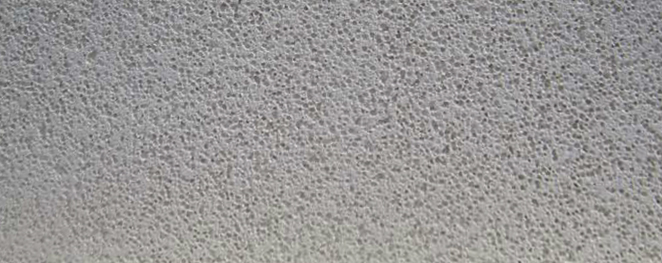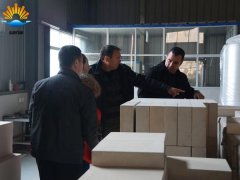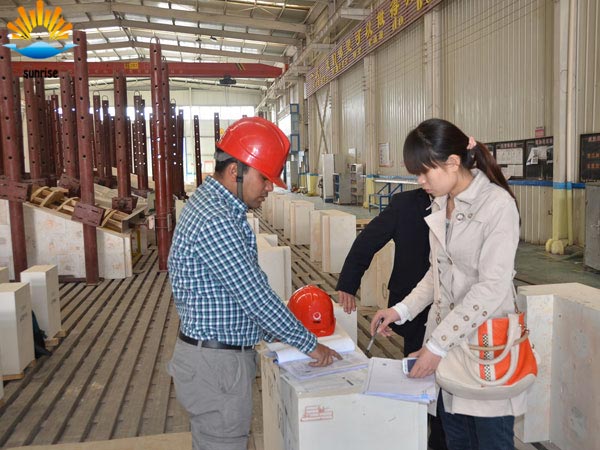Physical Properties Of Refractory Materials
Date:2015-11-30 21:01 From:Zhengzhou Sunrise Refractory Author:sunrise
The physical properties of refractory materials include porosity, bulk density, true density and so on.

1) The porosity
Porosity is a measure of the effective open pore space in the refractory into which the molten metal, slag, fluxes, vapors etc can penetrate and thereby contribute to eventual degradation of the structure. Refractories generally contain pores either due to manufacturing defects or incorporation of saw dust, etc. during manufacture. Porosity is defined as the ratio of its porous volume to the bulk volume.
High porosity materials tend to have good insulation performance as a result of high volume of air they trap, because air is a very poor thermal conductor. As a result, low porosity materials are generally used in hotter zones, while the more porous materials are usually used for thermal backup.
The pores in the refractory materials can be divided into open pores and closed pores.
Such materials, however, do not work with higher temperatures and direct flame impingement, and are likely to shrink when subjected to such conditions. Refractory materials with high porosity are usually not chosen when they will be in contact with molten slag because they cannot be penetrated as easily.
2) Water absorption
Water absorption is the percentage increase in weight of a refractory material when it absorbs water fully. It is an indicator of the numbers of the open pores in the refractory material.
3) Builk density
The bulk density is generally considered in conjunction with apparent porosity. It is a measure of the weight of a given volume of the refractory. For many refractories, the bulk density provides a general indication of the product quality; it is considered that the refractory with higher bulk density (low porosity) will be better in quality.
An increase in bulk density increases the volume stability, the heat capacity, as well as the resistance to abrasion and slag penetration.
4) True density
True density is a ratio of the weight of the refractory and its true volume excluding the volume of any open and closed pores. It is an indicator of how close the material is to a crystalline state or the proportions of a binary mixture.
5) Air permeability
Air permeability is the performance of the material under the pressure difference to allow the gas to pass. It is an indicator of the volume of pores and density of the refractory, but it cannot reflect the size, distribution and shape of the pores.
Air permeability is very key indicators, a direct impact on the corrosion medium such as erosion of slag, liquid steel, iron and a variety of gas (steam), antioxidant, and the ventilation function. The air permeability of refractory is directly influenced by the process of production. By controlling the air permeability of the material, the air permeability of dense shaped refractory products is controlled by controlling the ratio of particles, forming pressure and firing system.
Send an Inquiry
E-mail : sales@sunriserefr.com
Phone : +86-371-63838939 / Fax:+86-371-63835539
Company Address : No.36 Fengchan Road Of Zhengzhou, Henan, China (Mainland)

If you have any needs our help or are interested in our products, you can click online advisorychat with us online, or call our customer service telephone: 0086-0371-63838939. We will sincerely serve for you!
Product Category
- Fused Cast AZS
- Fused Cast AZS Block
- Fused Cast Skid Rail Block
- Fused Cast High Zirconia Block
- Fused Cast AZS Block
- Fiber Products
- Insulation Series Brick
- Fireclay Brick
- High Alumina Brick
- Corundum Brick
- Sillimanite Brick
- Mullite Brick
- Zircon Mullite Brick
- Zircon Brick
- Magnesia Brick
- Silica Brick
- Fused Cast Alumina Block
- Glass Mould Brick
Refractory Knowledge
moreCase

UAE to our factory inspection bri
...

Venezuela customer AZS fused bric
Venezuela customer AZS fused float glass furnace br...





